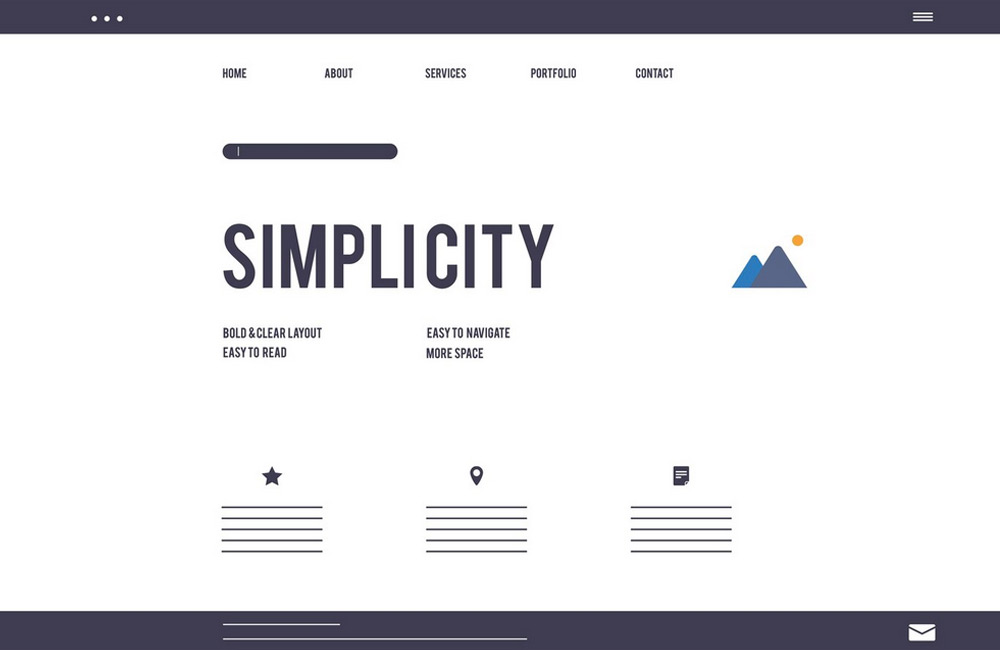In the digital world, minimalism is not just an aesthetic trend but a strategic concept that improves user experience, loading times, and conversion rates. Focusing on the essentials helps visitors grasp content faster and perform desired actions more easily.
1. Less is More: Focus on the Essentials
Minimalist web design reduces distractions and draws visitors' attention to the most important content. Clear structures, generous white space, and minimal elements create a calm, focused user experience. Visitors feel less overwhelmed, process information faster, and stay longer on the site. A clear focus on core content also enhances brand perception and builds trust.
2. Improved Loading Times and Performance
Less complex layouts and optimized content mean faster loading times. Fast websites increase user satisfaction, reduce bounce rates, and improve search engine rankings. Mobile users benefit from shorter loading times, directly impacting conversions. Minimal graphics, compressed media, and clean coding further boost performance.
3. Timeless Aesthetics
Minimalism is a design approach that does not quickly become outdated. Classic typography, clean lines, and reduced color palettes ensure websites remain modern over the years. Timeless design conveys stability and professionalism, strengthening brand perception while facilitating future updates without a complete redesign.
4. Better User Experience (UX)
A tidy design makes navigation, readability, and interaction easier. Visitors find content faster, understand offerings clearly, and feel more comfortable on the site – a crucial factor for conversions. Clear calls-to-action and structured menus increase engagement and foster long-term user retention.
5. Focus on Conversion Elements
Calls-to-action, forms, and essential information take center stage. Without unnecessary elements, visitors are more likely to perform desired actions. Strategic placement of conversion elements ensures users intuitively find the path to sign up, purchase, or inquire. Less visual distraction increases marketing efficiency.
6. Mobile-First and Responsive Design
Minimalist web design adapts easily to different screen sizes. Fewer elements mean better scalability and a consistent user experience across smartphones and tablets. Mobile-first design ensures that the most important content is visible first. Responsive layouts improve UX, SEO, and conversions on all devices.
Conclusion
Minimalist web design is far more than a trend – it is a strategic choice for better usability, faster loading times, and higher conversions. Focusing on essentials keeps your website modern, user-friendly, and successful. Clear structures, white space, and targeted conversion elements help visitors grasp content faster, stay longer, and take desired actions.
Image: freepik.com

